Over the years I have tried to encourage the right sort of habitats on our farm for wild birds which either just visit Bottom Farm seasonally, or make it their home all year round. I am no bird expert, but I have been fortunate to learn from others in Agriculture, and wider afield, who have specialist knowledge on what to do to help our feathered friends.
One expert who lives locally is ornithologist and former Head of Conservation for the RSPB, Dr Mark Avery. Mark has visited the farm on many occasions, often early in the mornings, armed with binoculars, notebook and pencil to see what is around. Mark and I are both full of passion and opinions for our respective points of view, but we enjoy our conversations and I, for one, have learnt a lot from him on the bird life at Bottom Farm; what we have, what may be missing or in decline and what I can do to try to improve things. Two memorable occasions of excitement were firstly, when on Mark’s first visit, he was delighted to find nesting Lapwings in a spring planted field. I thought this was normal, but Mark said this was quite rare in our part of the country, so I had got off to a good start immediately. The second is the Turtle Doves, which would visit every year. Over the last couple of years, they have not been around, but I am pleased to report, one was spotted around the farmyard again last week, although I have yet to confirm this myself. This is now another rare occurrence in our part of Northamptonshire and I have caught the excitement off Mark to try and see them here, as a sign of our farming practises creating something that this rare species requires.
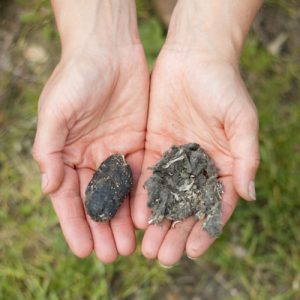
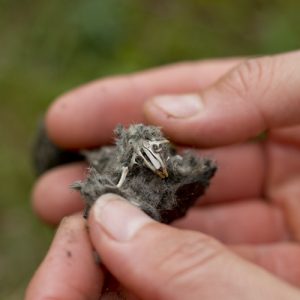
As well as trying to grow the right sort of habitats around the farm, we have built four owl boxes over the years. One of these is in constant use by barn owls, where I have heard young chicks active inside and occasionally seen adults fly out at sunset to fly gracefully over the fields on their evening hunting mission. The best sign of owls is the scattering of owl pellets on the ground. Owl pellets are not droppings as some people think at first inspection. Owls eat their prey whole, then re-gurgitate the indigestible fur and bones. For the more inquisitive and less squeamish, owl pellets are a fantastic record of what exactly they are eating, as well as being able to learn about the skeletal construction of small mammals.
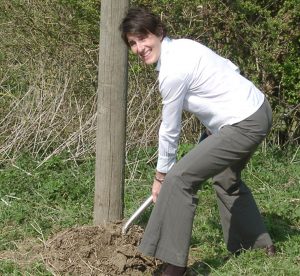
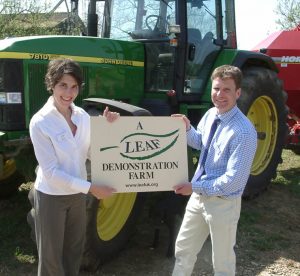
One of our owl boxes was officially opened by actress Tamsin Gregg, when we were launched as a LEAF Demonstration farm in April 2003. Tamsin was playing the part of farm manager Debbie Aldridge on Radio Four’s, The Archers. Since this, Tamsin has continued to have a fantastic career, winning a Laurence Olivier Award for Best Actress and starring in Black Books, Green Wing, Friday Night Dinner and Episodes, amongst others. We were delighted to host Tamsin and her family to our launch day, along with other guests.
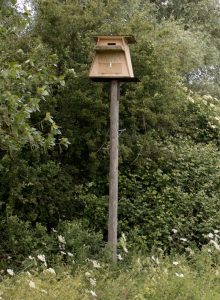
Anyway, over the intervening fourteen years, the owl box finally blew of its perch in a gust of wind. Over the winter months Marvin has been busy in the farm workshop making a new exclusive penthouse suite for any self-respecting owl and family that may like to make this their new home. This is now erected in its prime position and we will watch with interest to see who decides to inhabit it.


 Oils
Oils Rapeseed Oil
Rapeseed Oil Chili Oil
Chili Oil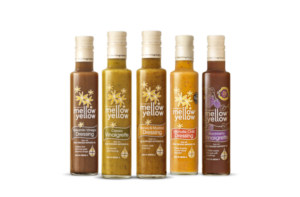 Dressings
Dressings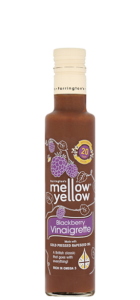 Blackberry Vinaigrette
Blackberry Vinaigrette Classic Vinaigrette
Classic Vinaigrette Balsamic Dressing
Balsamic Dressing Honey & Mustard
Honey & Mustard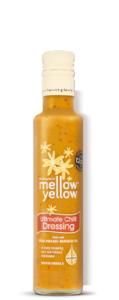 Ultimate Chilli Dressing
Ultimate Chilli Dressing